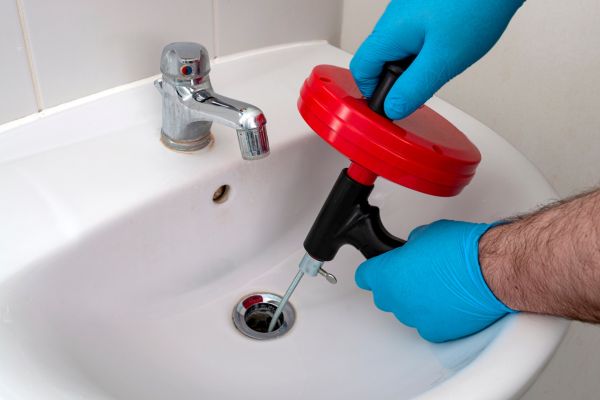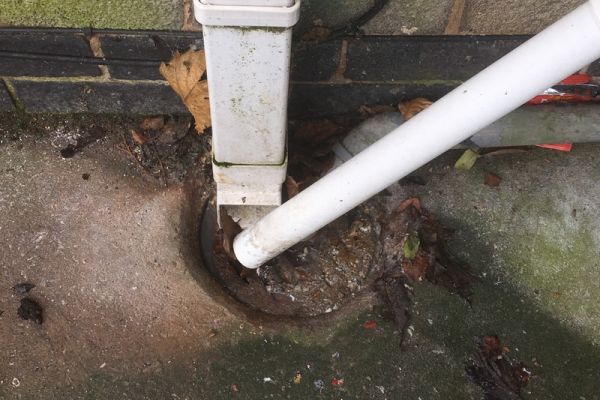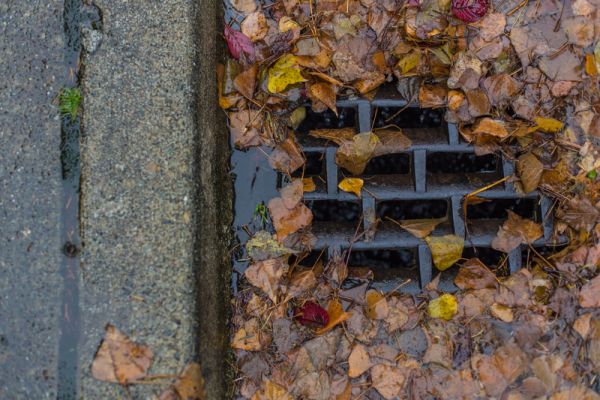In this article
Tips for landlords to avoid blocked drains
How landlords can limit emergency drain callouts
Owning rental properties comes with its own set of unique challenges, including maintaining the drainage system. Close proximity to water sources like rivers, older Victorian homes, or even an abundance of trees on the property can sometimes lead to specific drainage issues that need regular attention. As a landlord, staying on top of potential problems can save you from emergency callouts. Here are some simple checks you can make to ensure your drains stay in good condition:
1. Regular visual inspections of drainage areas
Inspect the drains around your property regularly. Look for visible cracks in the pipes, water stains, or damp patches in areas like basements, kitchens, and bathrooms. Properties near streams and rivers may be more susceptible to ground shifts or water infiltration, so keeping an eye out for any unusual moisture can help catch early signs of a potential drainage problem.
2. Monitor water flow and drainage speed
Check the flow of water in sinks, bathtubs, and showers. If water drains slowly or backs up in toilets or sinks, it could indicate a blockage forming in your drainage system. This might not be from an internal blockage in the property, but an external blockage caused by debris or damage to outside drains.
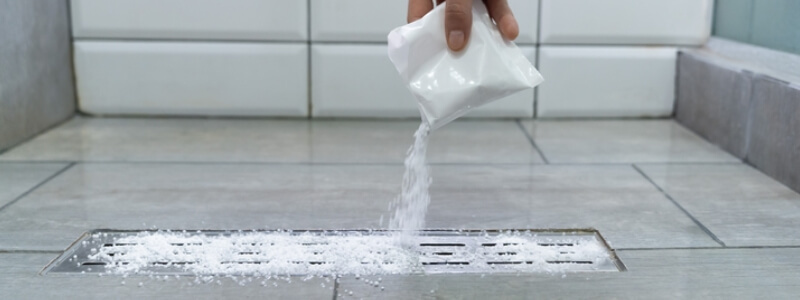
3. Be alert to unpleasant odors
A bad smell from drains is often one of the first signs of a blockage or buildup in the system. If you detect foul odors coming from your kitchen, bathroom, or outdoor drains, it’s important to address the issue early. Odors can often indicate that debris or organic material is obstructing the flow, which can lead to bigger problems if not handled.
4. Inspect for cracks or leaks in exposed pipes
Inspect exposed pipes, particularly in older homes, which may be more susceptible to wear and corrosion. Check for cracks, rust, or leaks, which can lead to water damage and larger repair down the line. Early detection of damage and quick repairs can prevent more severe issues such as collapsed drains or flooding.
5. Check for tree root intrusion
Homes with large gardens or mature trees may face issues with tree roots infiltrating the drainage system. Roots can cause blockages or damage to pipes over time. Regularly inspect the ground near pipes and drains for signs of root intrusion, especially around older properties, which may have aging plumbing systems that are more vulnerable
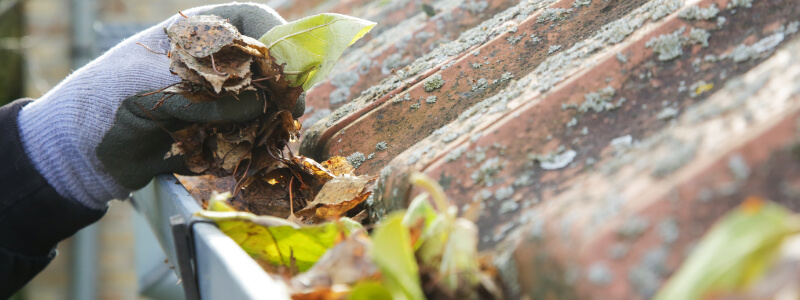
6. Maintain gutters and downspouts
Clogged gutters and downspouts can lead to water runoff that overwhelms the drainage system, causing blockages or flooding. Regularly clean out leaves, twigs, and other debris, particularly in properties surrounded by trees or foliage. This will help maintain proper water flow and prevent unnecessary strain on the drains.
7. Check for blockages in toilets and sinks
Toilets and sinks are frequent culprits of blockages. Encourage tenants to avoid flushing inappropriate items such as wet wipes or sanitary products, which can cause blockages. You should also check toilets for any signs of slow flushing or persistent blockages, as these can be a sign of a more significant drain issue.
8. Keep an eye on standing water in the yard
Standing water in the yard could indicate a blockage or problem with the drainage or sewer line. Properties near water sources may experience soil shifts or flooding during heavy rainfall, so it’s important to keep an eye out for water buildup. Addressing this issue early can help prevent serious drainage problems that can lead to water damage or expensive repairs.
9. Be aware of unusual noises
Listen for any unusual noises like gurgling or bubbling from drains, which are often early signs of a blockage. If you notice gurgling sounds, it’s time to check the system before it becomes an emergency.
Bonus tip: Schedule regular professional inspections
Scheduling annual inspections such as CCTV surveys from a professional drainage service can help spot issues that are not immediately obvious. Professional inspections can identify root causes of blockages, wear and tear on pipes, and early signs of system failures, preventing major problems down the road.
By staying proactive and performing regular checks, landlords can avoid costly emergency drain repairs and keep their rental properties in good condition. With a little care and attention, you can ensure your tenants are happy and your property stays in top shape.
Get in touch
Contact our friendly and professional team via form, phone or email for any drainage issues you may have.
From blocked drains to septic tank repairs and replacements, we're here to help. We have over 25 years of experience and offer 24/7 emergency callouts.
-
01386 882324
-
WhatsApp
-
This email address is being protected from spambots. You need JavaScript enabled to view it. -
See what our customers think
